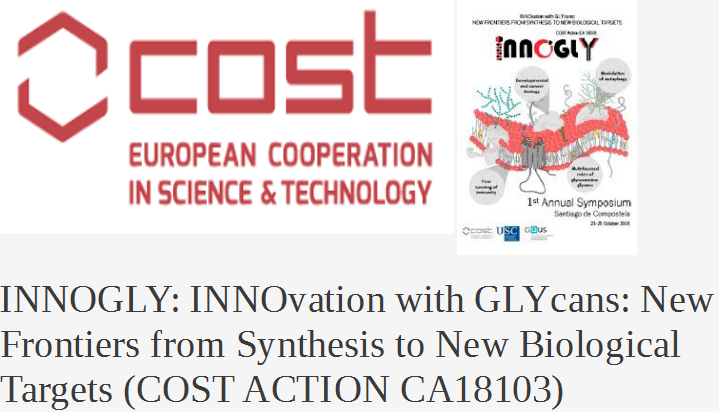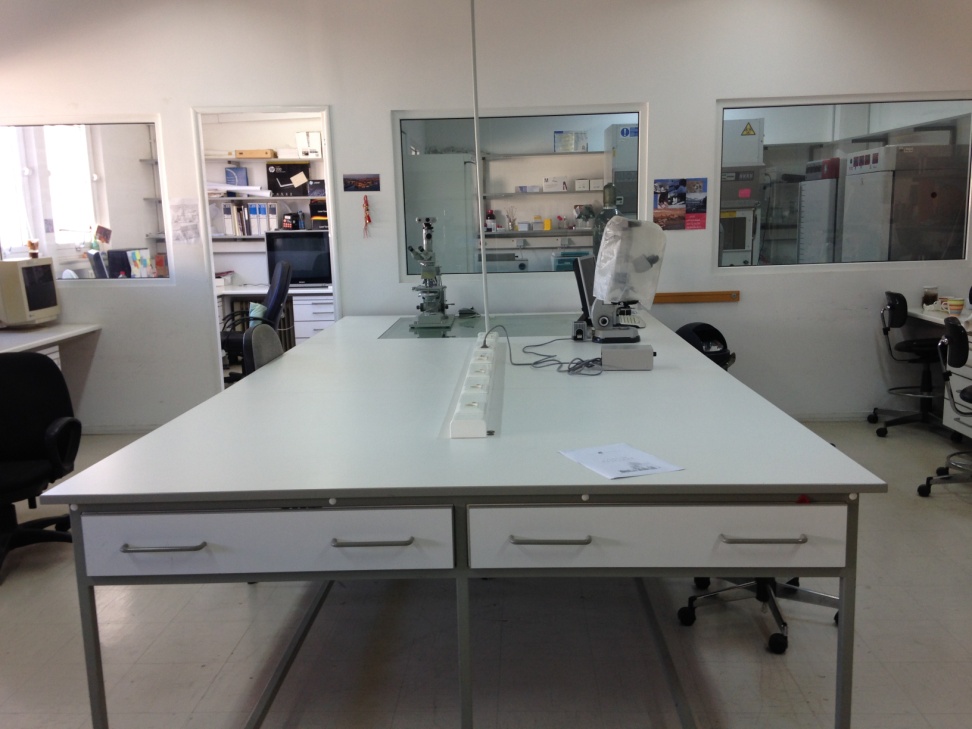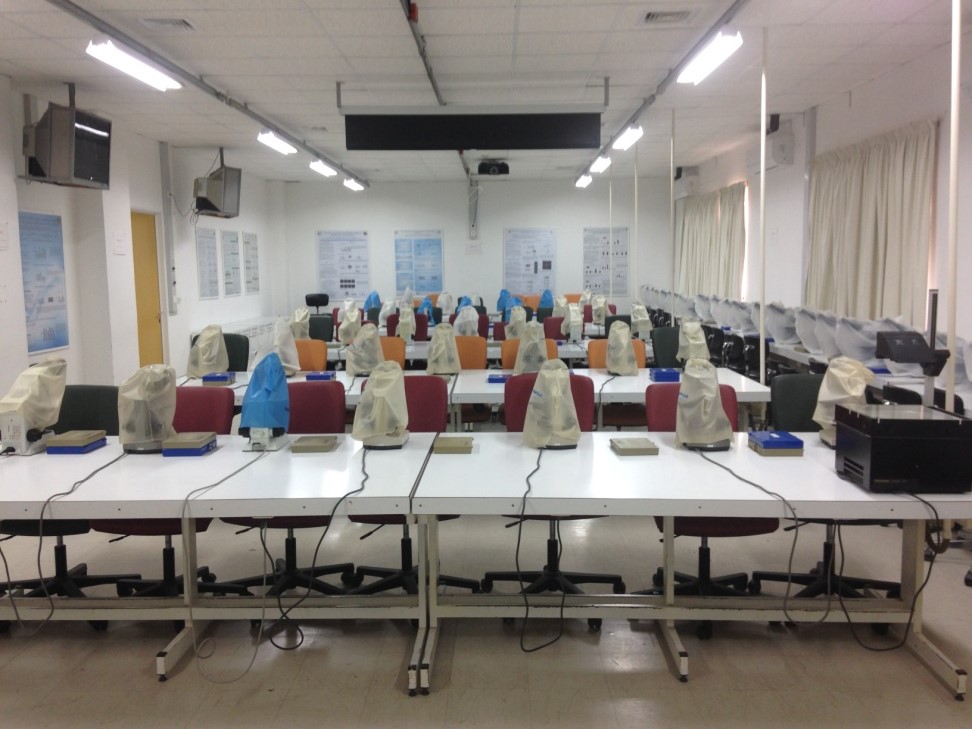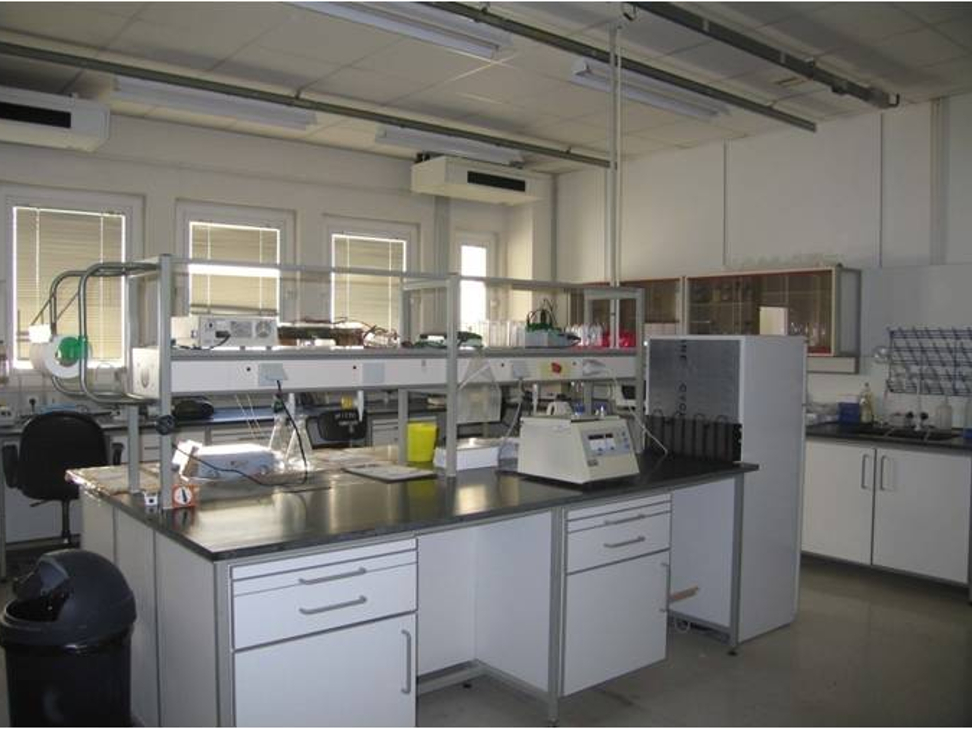 Dragana Nikitovic Ph.D., ERT
Dragana Nikitovic Ph.D., ERTAssociate Professor of
Histology - Embryology
e-mail: nikitovic@uoc.gr
office: +0030 2810 39 4557
lab: +0030 2810 39 4735
Undergraduate courses
Our laboratories offer the following courses:
3rd semester 4th semester
Embryology A
The Embryology A teaching course consists of the following sections: Meiosis, Gametogenesis, Spermatogenesis, Oogenesis, Fertilization, Rolling, Implantation, 2nd and 3rd week of embryonic embryonic embryonic embryonic period, Early embryonic period, Development of the circulatory, respiratory and female / male reproductive systems. Upon successful completion of the course the student will be in the position:- To understand and evaluate current knowledge on the stages of gametogenesis, fertilization and reproductive cycles of the female.
- To recognize and understand the structure and function of the placenta and embryonic membranes.
- To understand the basic stages of the human embryonic development.
- To understand and evaluate the basic stages and mechanisms involved in the development of the respiratory system as well as of male and female reproductive systems.
Histology A
The course is an introduction to modern views on cell classification and functions, organ and system histology as well as to techniques used in Biology and Cell Biology. In particular, the aim of the lectures is for the student to acquire understanding of basic tissue types: epithelial tissue (nomenclature, classification, cell surface specializations, practical histology); supporting tissues and extracellular matrix, blood cells; contractile tissues (myofibrillar, linear muscle tissue, myocardial tissue, cardiac myocardium, pericytes, myoepithelial cells). Furthermore, the student will acquire the understanding of the blood and lymphatic circulatory systems, of the respiratory and of female and male genital systems. Upon successful completion of the course the student will be able to:- Recognize histological images of cells and organs.
- Describe the histological structure of cells and organs.
- Recognize the structures of individual cells and / or organs by describing their main histological features.
Embryology B
The aim of the lectures is to understand the origin and development of the tissue and organs of individual systems. In particular, the content of the course examines the development of the following systems and organs: Gastrointestinal, Liver and Gallbladder, Nervous, Musculoskeletal-Joints, Urinary, Skin and Breast Gland as well as the development of the Pharyngeal device. Upon successful completion of the course the student will be able to:- To understand the developmental mechanisms of organ and system formation.
- To describe the origin and development of the constituent organs of each system.
- To recognize aspects of human malformations as well as of their causes in order to achieve better understanding of risk assessment and how to prevent malformations.
Histology B
The aim of the lectures is to understand the morphology and function of the cell, the tissue, the organ as well as of constituent organs of each system. In particular, the content of the second semester of the course focuses on the study of the following organ systems: Immune, Digestive, Liver and Gallbladder, Nervous, Musculoskeletal-Joints, Endocrine Glands, Urinary Tract, Skin and Breast Gland, on their function (with detailed description) their innervation and vasculature. Upon successful completion of the course the student will be able to:- Recognize the histological images of the cells and organs of each system.
- Describe the histological structure of the cells and organs of each system.
- Differentiate the structure of individual cells and / or organs of each system by describing their main histological features.

INNOvation with GLYcans
Faculty of Medicine, University of Crete
Hybrid Symposium
27-29 September
Heraklion, Greece & Zoom Platform
Poster, Timetable


Special Issue
"Exploring the Multifaceted Roles of Glycosaminoglycans (GAGs) - New Advances and Further Challenges"
Editors
Dr. Dragana Nikitovic
Dr. Serge Perez
Website
Special Issue
"The Role of Extracellular Matrix in Cancer Development and Progression"
Editors
Professor George Tzanakakis
Professor Dragana Nikitovic
Website















